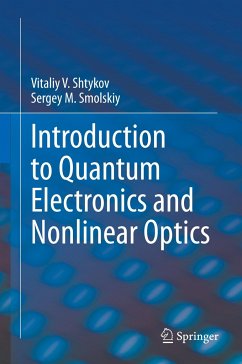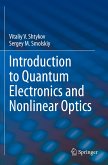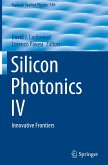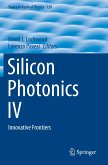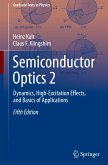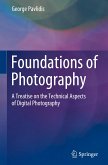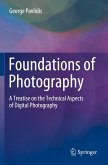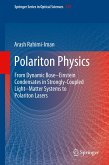This textbook, based on the authors' class-tested material, is accessible to students at the advanced undergraduate and graduate level in physics and engineering. While its primary function is didactic, this book's comprehensive choice of topics and its clear and authoritative synthesis of ideas make it a useful reference for researchers, device engineers, and course instructors who wish to consolidate their knowledge of this field. The book takes the semi-classical approach where light is treated as a wave in accordance with the classical Maxwell equations, while matter is governed by quantum theory. It begins by introducing the postulates and mathematical framework of quantum theory, followed by the formalism of the density matrix which allows the transition from microscopic (quantum) quantities to macroscopic (classical) ones. Consequently, the equations describing the reaction of matter to the electromagnetic field in the form of polarization, magnetization, and current are derived. These equations (together with the Maxwell equations) form the complete system of equations sufficient to model a wide class of problems surrounding linear and nonlinear interactions of electromagnetic fields with matter. The nonlinear character of the governing equations determines parameters of the steady-state mode of the quantum generator and is also demonstrated in harmonic generation via propagation of laser radiation in various media. The touchstone description of magnetic phenomena will be of interest to scientists who deal with applications of magneto-resonance phenomena in biology and medicine. Other advanced topics covered include electric dipole transitions, magnetic dipole transitions, plasma transitions, and the devices that can be based on these and other electro-optical and nonlinear-optical systems. This textbook features numerous exercises, some of which are investigatory and some of which require computational solutions.
Bitte wählen Sie Ihr Anliegen aus.
Rechnungen
Retourenschein anfordern
Bestellstatus
Storno

